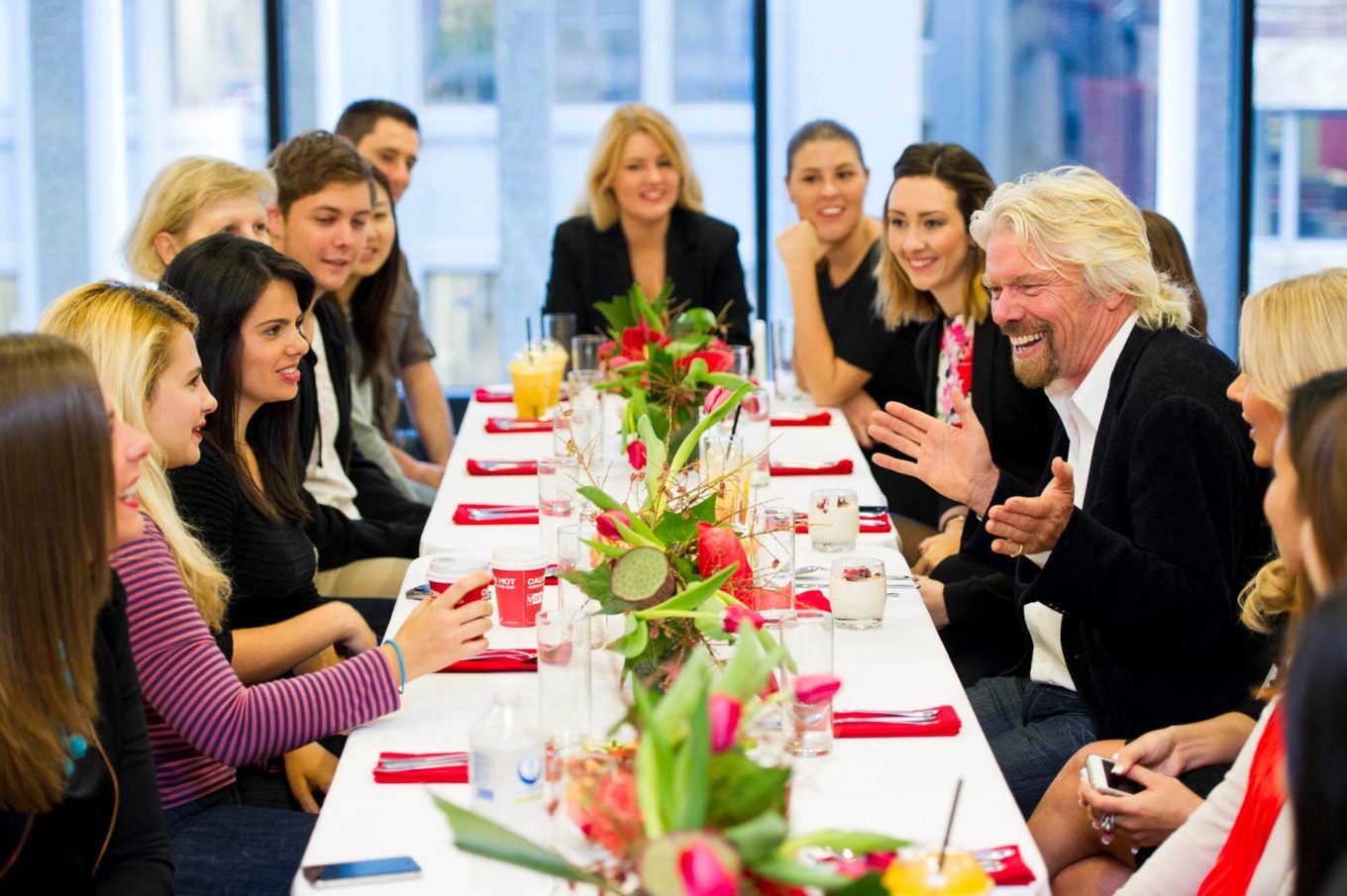Four Ways to Protect Yourself from Emerging Cyberattacks
Cyberattacks are unfortunately becoming more sophisticated all the time. However, as long as you remain alert, use the right tools, and know how to spot potential threats, you can safeguard yourself from becoming a victim. Here are four ways to protect yourself from emerging cyberattacks .
Four Ways to Protect Yourself from Emerging Cyberattacks
1. Know How to Identify COVID-19 Phishing
Cybercriminals have little scruples. Since vaccinations for COVID-19 became available, phishing attacks tied to the vaccines have been on the rise.
For instance, people are being targeted with emails claiming to be about vaccination appointments. When the person clicks on the link, he or she is fooled into entering personal information, or malware is unwittingly downloaded.
You need to ensure you know what a phishing scam looks like to avoid this cyberattack. And make sure you never click on an untrusted link.
You can further protect yourself by getting anti-phishing add-ons, updating your passwords regularly, installing a firewall, and never giving out your information to an unknown party.
2. Protect Your Personal Details Against Identity Theft
Identity theft is not new, but it is on the rise. Cybercriminals are using more sophisticated ways to commit identity theft, such as diversifying their targets.
As with phishing, you need to be incredibly careful about giving out your personal information. Always ensure an online site is reputable and secure before entering any personal details. Also, never enter personal details on sites when using public Wi-Fi.
Another precaution you can take against identity theft is to get identity theft protection. While it cannot actually prevent someone from stealing your details, it can warn you of any red flags so that you can take the appropriate steps quickly.
Check out the top ten identity theft protection providers for 2021 at BuyersGuide.org.
3. Do Not Make Yourself the Victim of Ransomware Attacks
Ransomware is a type of malware that is commonly used by cybercriminals.
Simple ransomware locks your system so that it cannot be reversed without the help of an IT professional, and even then, data could be lost.
But a growing form of a ransomware attack is threatening to publish the target’s personal data. Cybercriminals use advanced malware that utilizes a method known as cryptoviral extortion, which encrypts the target’s files. The victim must then pay the ransom for the files to be decrypted.
To avoid being the victim of a ransomware attack, use an excellent firewall and antivirus software. Also, employ content scanning and filtering on your email servers. You should also ensure you always back up your files. And never pay the ransom.
4. Keep Up-to-date with AI-Powered Attacks
Artificial intelligence is becoming more sophisticated by the minute.
Quite honestly, we do not know precisely how cybercriminals will utilize AI for cyberattacks in the future, but we know it is an emerging threat to be wary of.
The most notable attack using AI seen so far included AI-powered botnets using slave machines to perform DDoS attacks; which involve cybercriminals flooding target servers with traffic to try and disrupt it or bring it down.
But as AI becomes an everyday part of our lives and communications, it is almost certain that attackers will find new ways of using AI. For instance, with AI-powered software, cybercriminals can learn which attacks work best and adapt their strategies accordingly.
They could also use intelligence feeds to identify software vulnerabilities quickly and use AI-generated video, audio, and text to impersonate companies and launch sophisticated phishing attacks.
AI cyberattacks are automatic, too. That means, unlike humans, they can work around the clock.
To protect yourself against emerging AI cyberattacks, keep up to date with the latest cybersecurity threats. There are many reputable online platforms you can visit to find articles and news on cybersecurity, so make sure you regularly keep yourself updated.

Founder Dinis Guarda
IntelligentHQ Your New Business Network.
IntelligentHQ is a Business network and an expert source for finance, capital markets and intelligence for thousands of global business professionals, startups, and companies.
We exist at the point of intersection between technology, social media, finance and innovation.
IntelligentHQ leverages innovation and scale of social digital technology, analytics, news, and distribution to create an unparalleled, full digital medium and social business networks spectrum.
IntelligentHQ is working hard, to become a trusted, and indispensable source of business news and analytics, within financial services and its associated supply chains and ecosystems





























